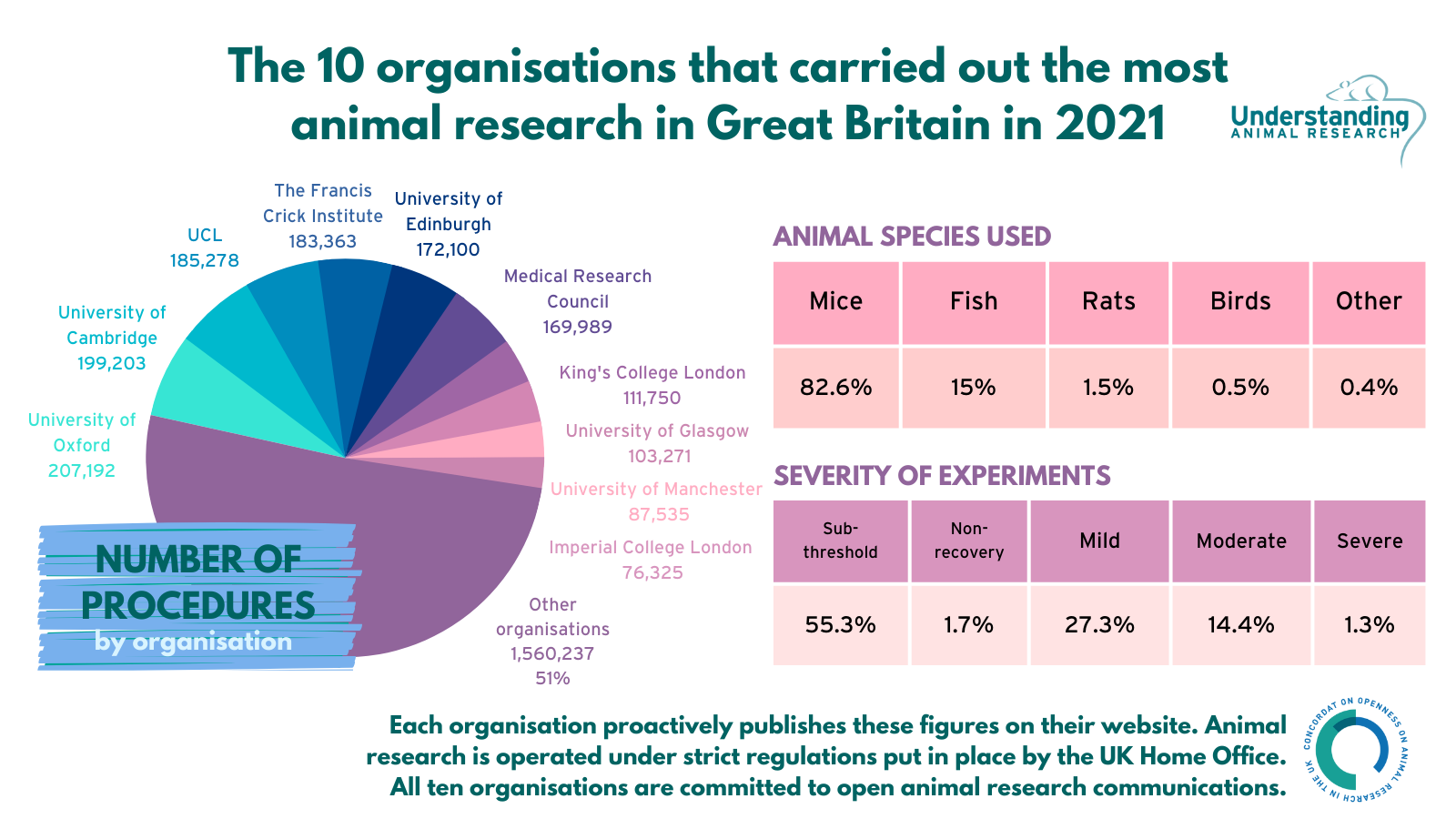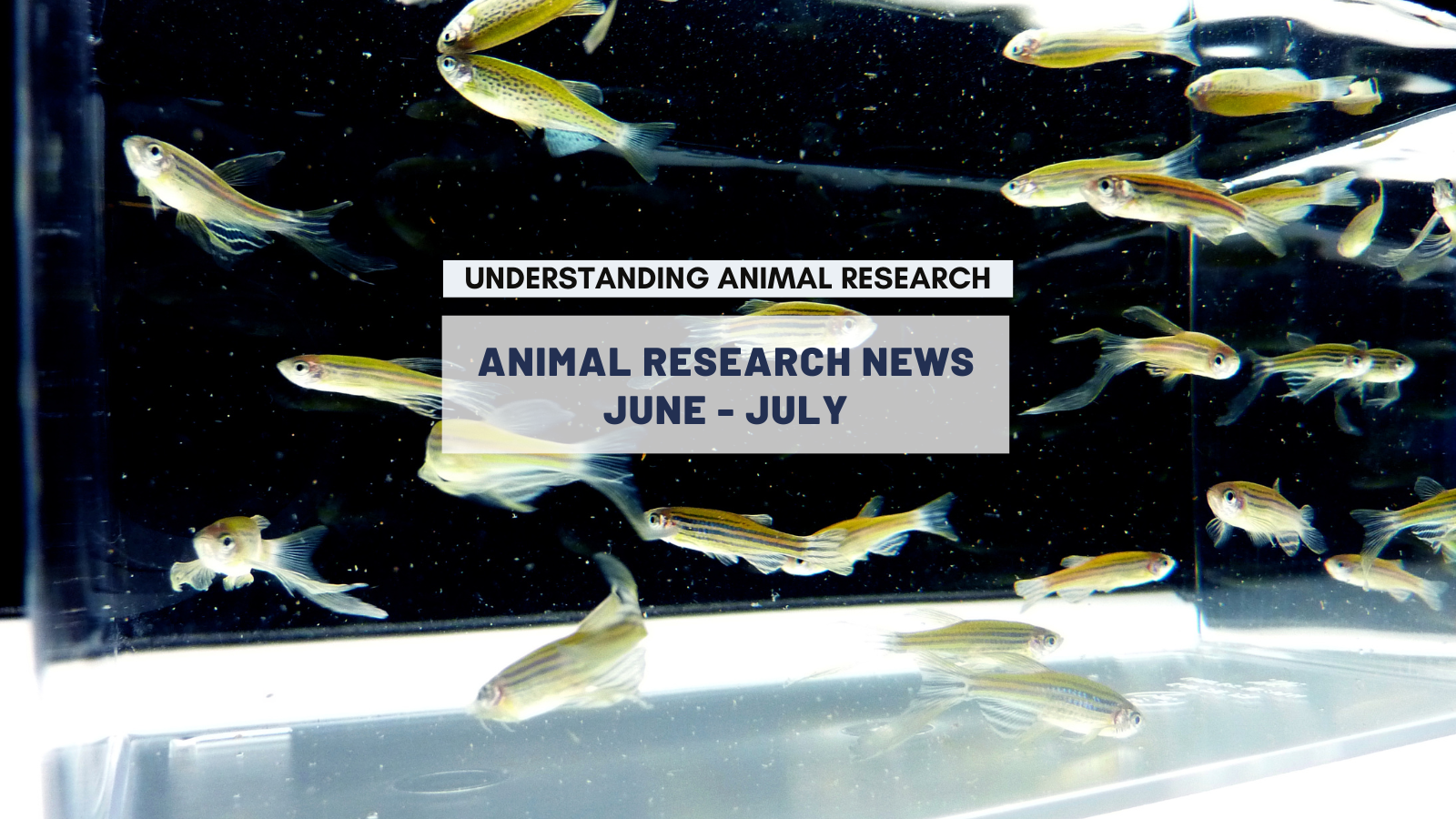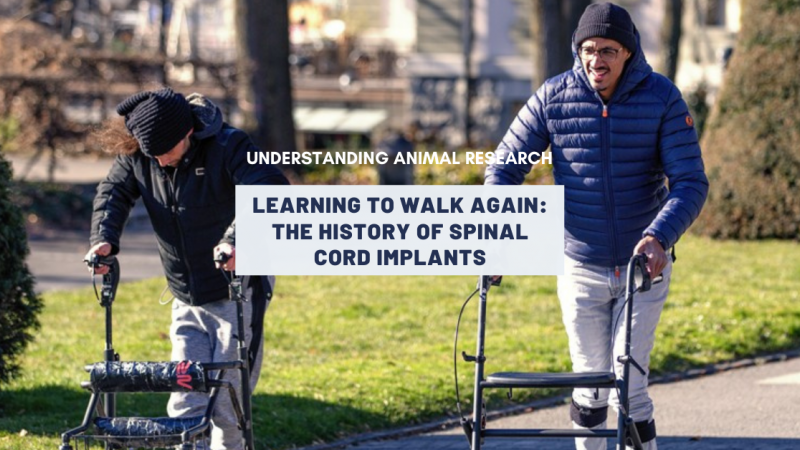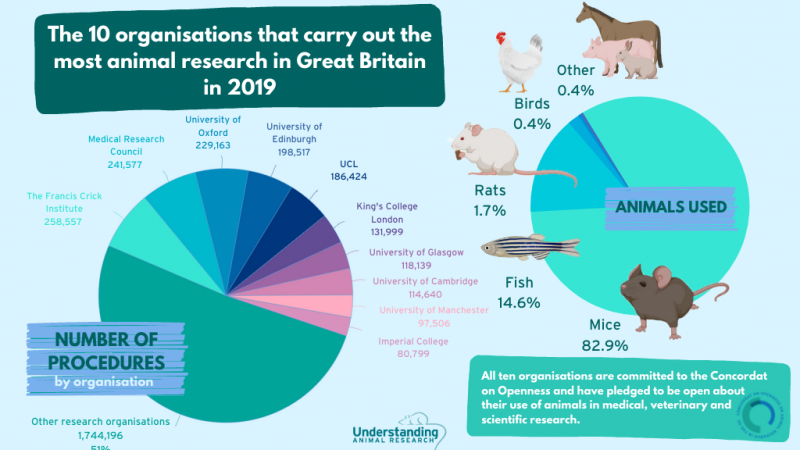Cloned mice created from freeze-dried skin cells
In a world first, researchers have created cloned mice from freeze-dried skin cells. The research aims to help conservationists revive populations of endangered species.
Freeze-dried skin cells from mouse trails were stored for nine months before a clone was attempted. While the freeze-drying process killed these cells, the team was able to create cloned embryos. The embryos were then used to create stocks of stem cells that could be used in another round of cloning by inserting them into nuclei-free mouse eggs, that surrogate mice were able to carry to term. The first cloned mouse, named Dorami, was followed by 74 more. To check whether the clones had healthy fertility, nine females and three males were bred with normal mice. All the females went on to have litters.
While the process as it currently stands is not that efficient, this method offers a real opportunity at saving endangered species and maintaining samples of genetic variation within species, especially if freeze-dried samples can be stored indefinitely.
Source: Guardian
Modified pig hearts transplanted into dead people kept on life support
Two genetically modified pig hearts have been successfully transplanted into two brain-dead individuals kept on ventilators. The recipients were observed for 72 hours, where the hearts functioned normally and showed no signs of rejection.
Until last year, xenotransplants – the transplant of an animal organ to a human – had only been tested in monkeys. The first xenotransplant in a deceased human on life support took place in September 2021 using a pig kidney. This was followed by the transplant of a pig heart into a living human, David Bennett, in January 2022. Unfortunately, Mr Bennett died two months after the transplant for unknown reasons.
Xenotransplants offer a promising solution to the worldwide shortage of donor organs. The main corner with using an animal organ is transplant rejection – to avoid this, the researchers used hearts from pigs that had 10 genetic modifications. Four of the modifications turned off genes that are known to increase the risk of transplant rejection and abnormal organ growth. The other six modifications involved the addition of human genes to make reduce incompatibilities between biological pathways in pigs and humans. The pigs were bred in a special disease-free facility to prevent them from being infected with animal viruses. Specialised screening methods were used to monitor pig diseases and the two hearts used in the transplant were free from any viruses.
The team hope to begin early-stage clinical trials of heart xenotransplants within a few years, until there, they will focus on collecting data from performing the operation on deceased humans and lengthening the observation period.
Source: New Scientist
Spinal cord stimulation enables paralysed monkeys to move their arms
An electrode implanted in the necks of three monkeys with partial arm paralysis stimulated nerves in the spinal cord and restored some movement.
Restoring movement in the upper limbs is very difficult because arm movements are more complex than leg movements. Electrical stimulation has previously been used on paralysed arms in people, but the surgeries are invasive and require complicated software. Therefore, a team of scientists have begun developing a simpler and more effective way of restoring movement in upper limbs that has shown promising results in monkeys.
The left arm of three monkeys was surgically paralysed under full anaesthesia. The animals were given pain medication and several days to recover from the operation. The monkeys were then implanted with an electrode in their neck that stimulated nerves in the nerves in the spinal cord that control hand and arm movement.
Before the stimulation was turned on, one monkey was unable to reach for an object with their paralysed arm, while the two other animals could reach for an object but couldn’t grasp or pull it towards them. Immediately after the stimulation was turned on, the first monkey could reach out for an object (but was never able to grasp or pull it). The other two monkeys went on to grasp and pull objects, a week after the stimulation was turned on.
While none of the monkeys gained control of their individual fingers, during the six-week experiment, the team are confident that with more research, the technique will be effective in humans. They are currently recruiting people with post-stroke paralysis for a clinical trial in the US to test a similar stimulation method.
Source: New Scientist
Genetic heart conditions could be cured for first time in ‘defining moment’
A group of scientists are developing a cure for a genetic heart condition, that can cause sudden death, that has already been shown to work in animal studies.
Cardiomyopathy is a genetic heart muscle disease, that can cause sudden death at any age. People with the condition have a 50/50 risk of passing faulty genes on to each of their children and, often, several members of the same family develop heart failure, need a heart transplant, or die at a young age. Every week in the UK, 12 people under the age of 35 die of an undiagnosed heart condition, very often caused by this disease.
The team are hoping to develop a jab that will use a precise genetic technique to silence faulty genes. The technique has already been shown to work in animal studies and if successful in human trials, the gene therapy will be a once-in-generation opportunity to relieve families of the constant worry of sudden death, heart failure and the potential need for a heart transplant.
Source: Guardian
A universal coronavirus vaccine in development
A universal coronavirus vaccine that can protect again Covid-19 and the common cold is being developed. Researchers at the Francis Crick Institute have discovered that a specific area of the spike protein of Sars-CoV-2 – the virus that causes Covid-19 – is a good target for a pan-coronavirus jab that could offer protection against all the Covid-19 variants and common colds.
Developing a universal coronavirus is challenging as the virus is prone to mutating, which leads to reinfection – which is why new flu vaccines are developed each year. The vaccine would need to trigger antibodies to recognise and neutralise a range of coronaviruses and stop them from entering host cells and replicating.
Once mice were vaccinated with the specific area of the Sars-CoV-2 spike protein, known as the S2 subunit, the animals produced antibodies that were able to neutralise several animal and human coronaviruses. This included the common cold coronavirus, the original strain of Sars-CoV-2, the D614G mutant that dominated in the first wave, Alpha, Beta, Delta, the original Omicron and two bat coronaviruses.
Source: Guardian
25 years since Dolly the Sheep
On 5 July 1996, the most famous sheep of all time was born.
As part of a larger study, researchers at the Roslin Institute of the University of Edinburgh successfully birthed a lamb in the lab — not from egg and sperm — but from DNA taken from an adult sheep’s mammary gland. They had in effect cloned a mammal.
Despite being neither the first cloned animal, mammal nor the fruit of a particularly novel idea (cloning was first proposed in 1938 by the German embryologist Hans Spemann), Dolly the sheep made the front pages of newspapers around the world. She was the first ever mammal cloned with DNA from an adult cell and was thus genetically identical to the donor.
Expectations were high. With her birth came the promise of new ways to prevent disease, bring back lost animals, and even the prospect of cloned humans. However, a quarter of a century later, cloning seems to have disappeared from the spotlight. Somatic cell nuclear transfer (SCNT) — the form of cloning used with Dolly — has largely faded from public consciousness but it has left an impressive scientific legacy.
Read our article to find out the impact Dolly had on science.
https://uaroceania.org/news/25-years-after-dolly-the-sheep-cloning-today
3Rs research
The NC3Rs recently published its strategy for 2022 – 2024. The new strategy sets out to spend 75% of grant funding on replacement technologies for animal research. This does not mean a move away from research into methods of reduction and refinement, but a greater focus on getting new alternatives accepted and into regular use.
Source: NC3Rs
Blood transfusions and lung disease awareness
We recently recognised World Blood Donor Day and Love Your Lungs Weeks. For World Blood Donor Day we spoke about how years of research involving dogs, rabbits and guinea pigs was carried out to perfect blood transfusions, resulting in the blood banks and blood transfusions that we rely on today.
For Love Your Lungs Week, we explained how pigs, goats, and sheep have been used to develop ventilators, a major treatment option for Covid-19.
Openness
Last month the UK government released its annual statistics on the number of animals used in scientific, medical and veterinary research in 2021. The figures show that 3,056,243 procedures were carried out in Great Britain in 2021, 6% more than in 2020.
Over 96% of the procedures were carried out in mice, fish, rats, and birds, whereas cats, dogs, and primates accounted for 0.2% of all procedures in 2021.
Half of these procedures were carried out by ten organisations.
These ten organisations carried out 1,496,006 procedures, 49% or nearly half of the 3,056,243 procedures carried out on animals for scientific research in Great Britain in 2021. Of these 1,496,006 procedures, more than 99% were carried out on mice, fish and rats and 83% were classified as causing a similar level of pain, or less, as an injection. These statistics are freely available on the organisations’ websites as part of their ongoing commitment to transparency and openness around the use of animals in research.

Behind the scenes at the Francis Crick Institute: working with different species in Medical Research
Check out our latest video to find out how animal technicians work with mice, ferrets and opossums to research cancer, flu, and Covid-19 amongst other conditions.
More news
A study in mice may help us understand how different people link positive or negative emotions to past events, in a discovery that could help treat post-traumatic stress disorder, anxiety and addiction
Source: New Scientist
Humans and mice infected with Zika or dengue viruses secrete a chemical that makes them more appetising to mosquitoes, meaning they are more likely to be bitten again and further transmit these viruses.
Source: New Scientist
It's best known as a deadly poison, but in low doses, carbon monoxide can have therapeutic benefits for conditions like inflammatory bowel disease and cancer as seen in mice and rats. Now, researchers may have found a way to deliver the treatment safely in a foam
Source: New Scientist
Ants could detect human breast tumours, according to a small study on mice. The insects may one day provide an easier and cheaper way to non-invasively identify tumours compared with sniffer dogs.
Source: New Scientist
A drug that improves motor skills and memory in mice after the most common form of a stroke may one day fill an unmet need in treatment for this debilitating condition.
Source: New Scientist
Last edited: 25 August 2022 10:45




